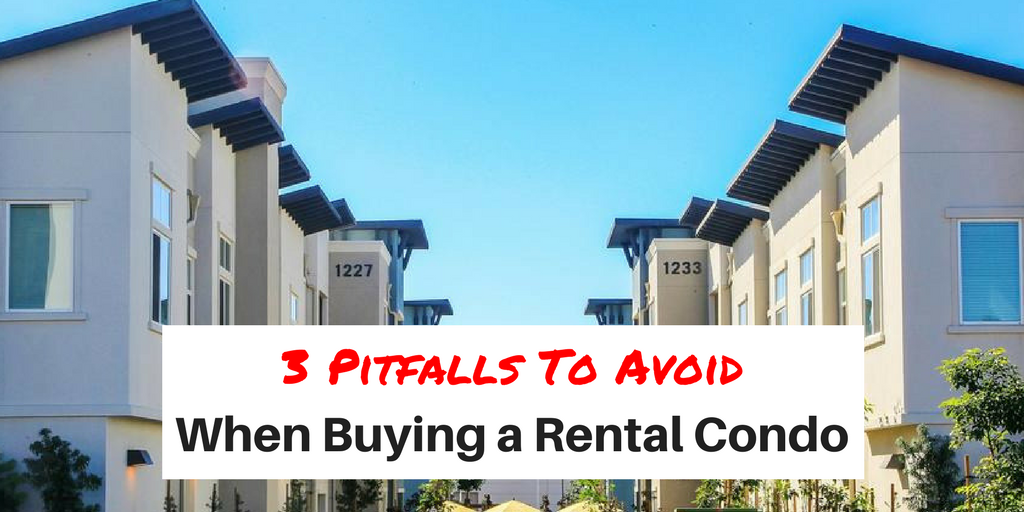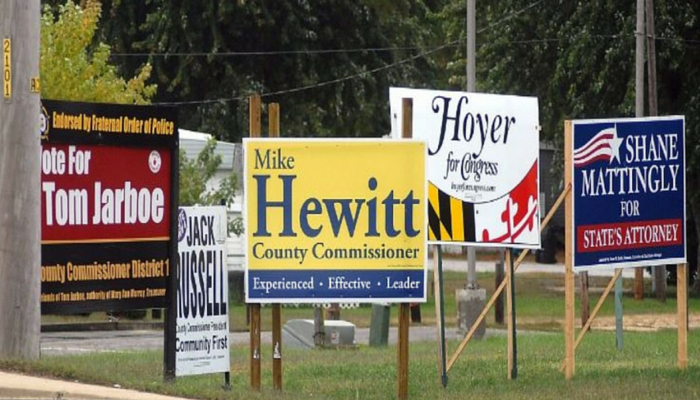
Condominiums are attractive as real estate investments because they tend to have a lower barrier of entry when it comes to purchase price compared to single family homes or multifamily properties. In addition to their perceived affordability, they’re considered a low maintenance investment with owner responsibilities typically limited to interior space and all common area maintenance handled by the governing homeowner association (HOA).
Many novice and first time real estate investors find this combination very attractive but unfortunately most fall victim to three very common pitfalls when investing in rental condos that put them at a disadvantage in rental rates and resale value.
The following 3 Pitfalls to avoid are listed below:
1) HOA Dues
In all the years of managing rental property I can tell you one thing for sure, I’ve never seen homeowner association dues go down. The cost associated with HOA dues should definitely be taken into consideration prior to making an initial investment as they directly reduce your cashflow and are non tax deductible. Whether it’s monthly, quarterly or semiannual; it’s important to determine if the fees associated are justifiable and appropriate for the type of exterior maintenance and common area amenities included in exchange for those fees. The justification is arbitrary but reviewing these three areas of the homeowner association package supplied during the escrow period will help in that determination.
- HOA financials
- 3rd party audits
- Special assessments
If the documents mentioned above reveal high numbers of late or non paying homeowners, 3rd party audits showing lack of reserve funds, or multiple special assessments levied or under discussion then caveat emptor (Buyer Beware). This is a sign the homeowner association is not being managed properly and the HOA dues are subject to frequent increases or equally concerning the community may fall into disrepair. Both harmful to your investment.
2) Owner Occupancy Rate
Condominium developments are divided into two types of occupants, owner occupied and non owner occupied or absentee owners. The absentee owners represent units that are not being occupied by owners but rather being leased/rented to tenants. The percentage of both occupants within the community may not seem like an important aspect of purchasing a rental condo but actually it can be very revealing about the potential investment. More absentee owners or renters in the community may limit the upside potential of the investment and brand the complex as less desirable to future buyers. In addition, due to the saturation of rentals, the rental rates within the community can become stuck or strongly tied to the lowest rental rate being marketed regardless of individual unit upgrades or improvements.
Furthermore, most lenders will take issue with a high absentee owner rate and may refuse to lend or charge higher rates or points for the loan as they see the investment as a higher risk. A good rule of thumb is to look for complexes that have over 70% owner occupancy rates (lenders typically look for 50%+) to build a margin of safety for rent rate increases and resale value.
3) Parking
Depending on the location of the perspective condominium, the number of parking spaces deeded with the unit may have an impact on the rental rate as well as the overall desirability. It’s not uncommon for two bedroom or even three bedroom condominiums to have only one deeded parking space. Depending on the location of the property; metro, rural or suburban this can be seen as a form of functional obsolescence and less desirable. Some condominium communities recognize that they have parking challenges and offer parking passes to owners as compensation. It’s important to understand that parking passes are not the same as deeded spaces and are subject to reallocation, changes and discontinuation. A basic 1:1 ratio of bedrooms to parking spaces is preferred and anything less will put the unit at a disadvantage compared to other competing rental units within the immediate community or general location.
Whether you’re a novice, first time or seasoned investor, avoiding these 3 pitfalls when buying a rental condo will help benefit your cashflow, rentability, and salability of your real estate investment.
Let us know your comments below or jump over to our Facebook Page and leave a comment there.

We hope you enjoyed reading 3 Pitfalls to Avoid When Buying a Rental Condo. Please take a moment to check out the following ⤵️
Related San Diego Articles You Might Enjoy:
The 3 Most Common Property Management Questions
Fair Housing Violations: 3 Things You Can’t Ask Your Tenants
✅ Find out how much your property will rent for here 👉 Free Rental Analysis
✅ Connect with us on Facebook & Instagram
✅ Post & View San Diego rental homes on our Facebook Group 👉 San Diego Rental Homes
Get our Newsletter for More Awesome Content
Ready for Worry Free Property Management
>>>Contact Us Today 858-724-6304
Written by Salvatore Friscia, owner of San Diego Premier Property Management a full service residential property management company offering Worry Free property management to the greater San Diego area since 2004 and TenantFinder.com.






